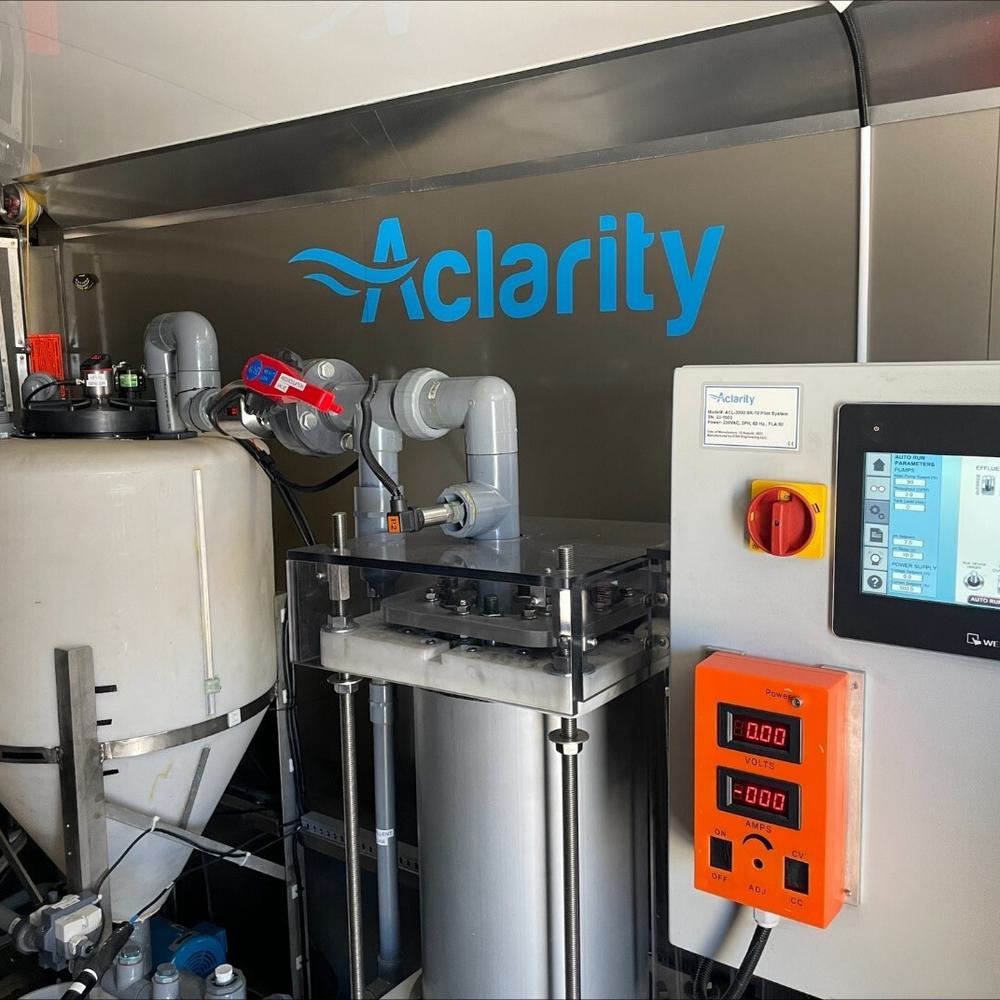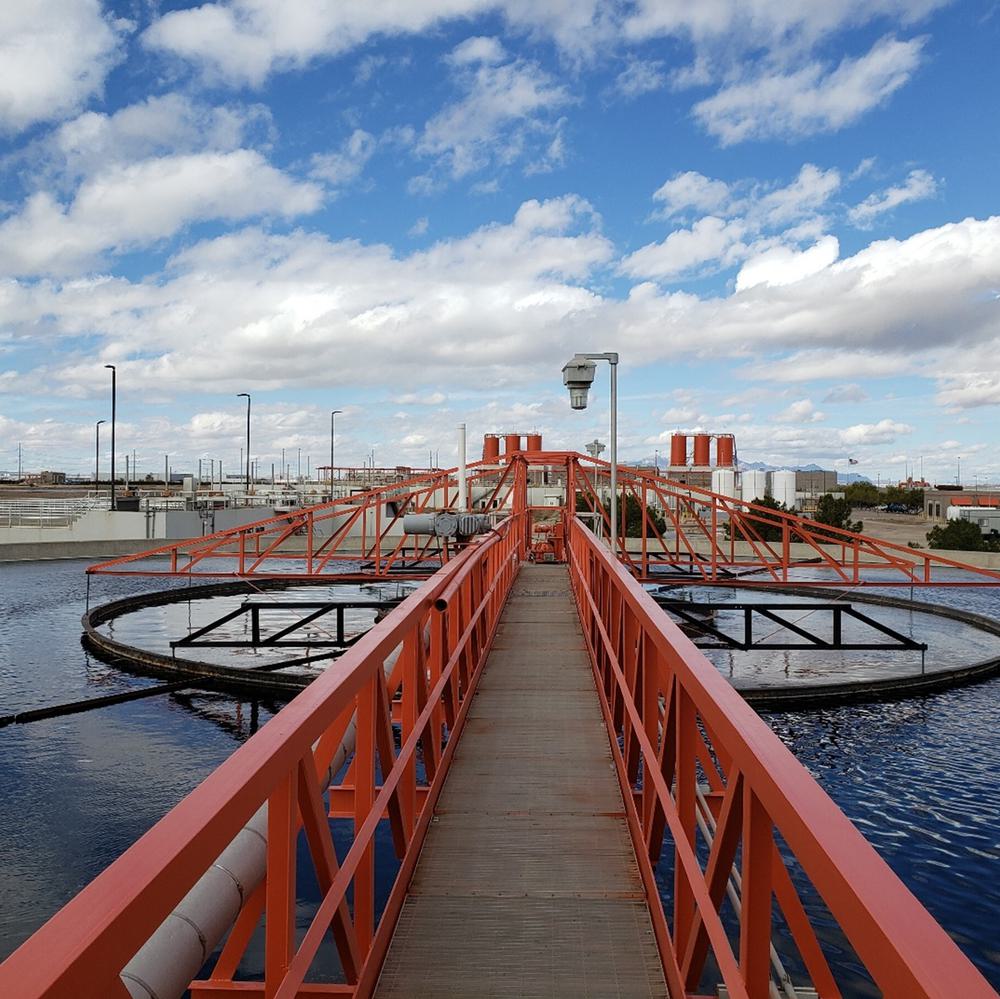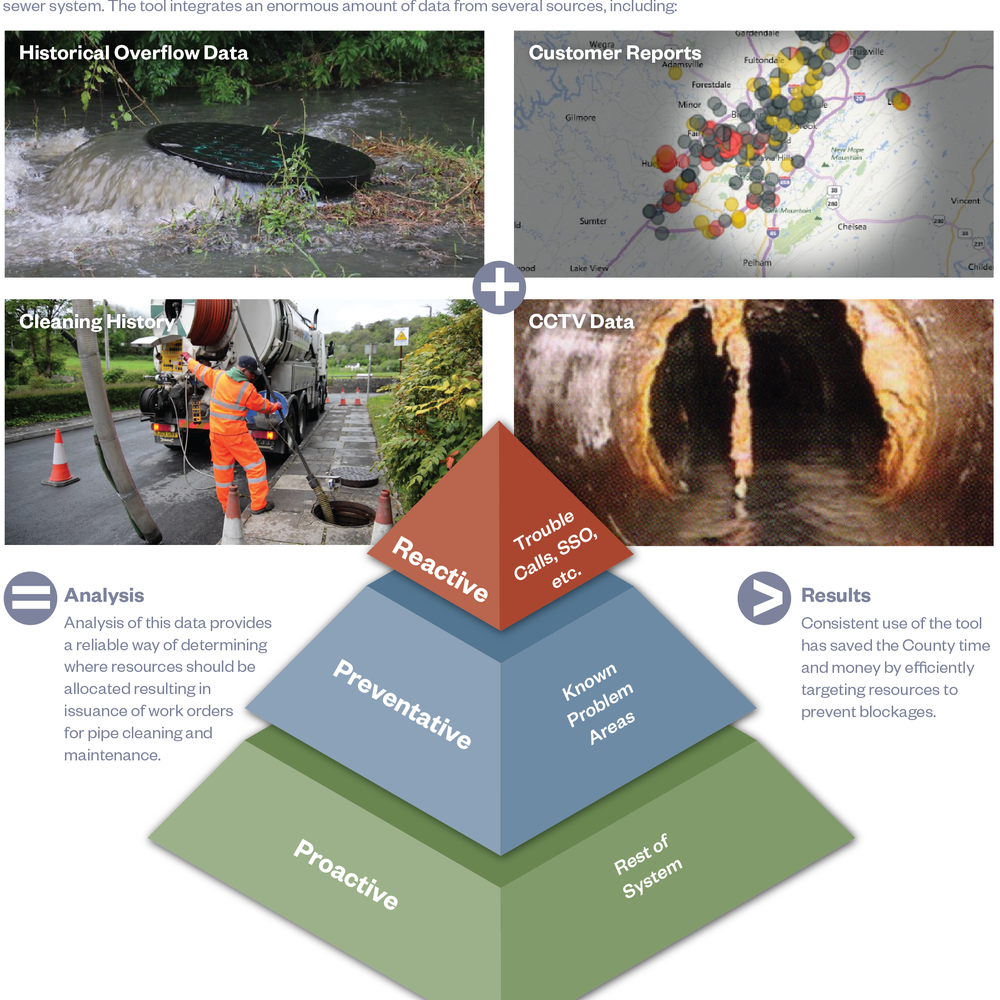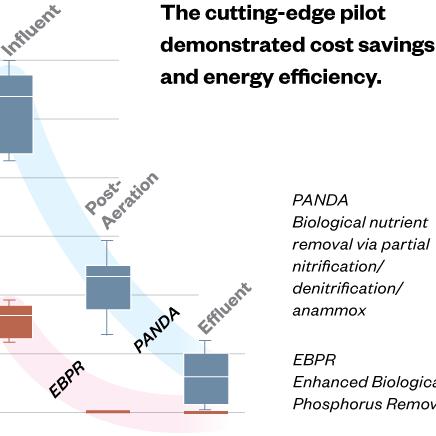North Metropolitan Sewer Study
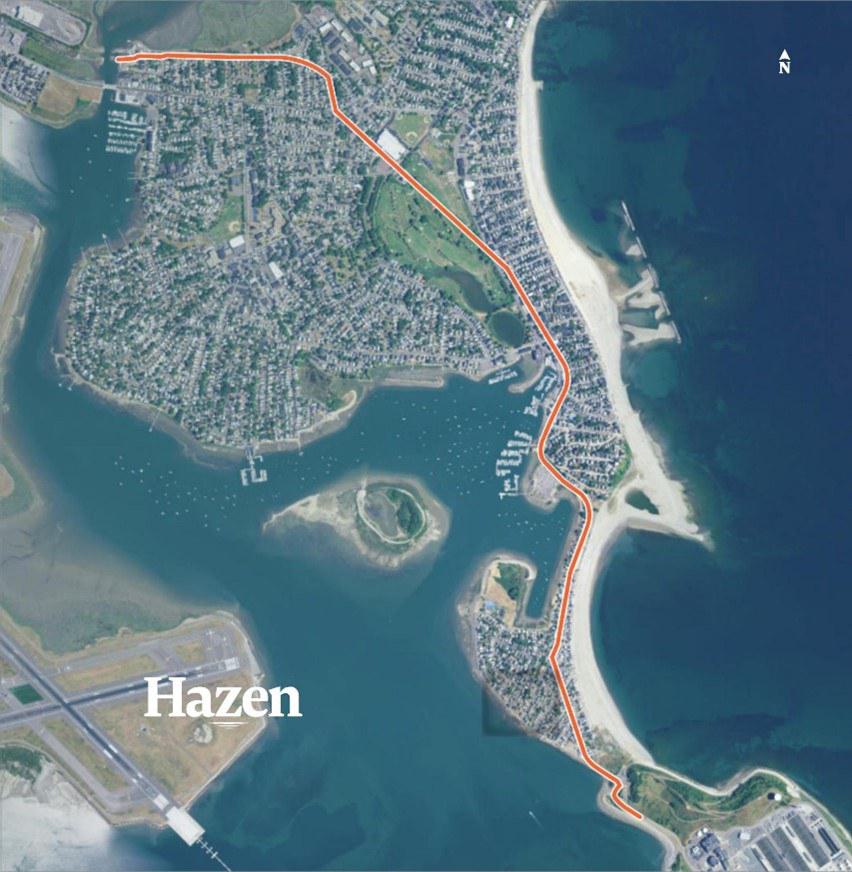
The NMS runs for a length of 17,000 feet and was rehabilitated in two phases during the 1990s using a combination of shotcrete and epoxy materials. The first phase of rehabilitation utilized epoxy for protection against corrosion. The epoxy liner failed shortly after installation, leaving the rehabilitated pipe vulnerable to corrosive attack. As such, the second phase of rehabilitation utilized a shotcrete mixture with microsilica for protection against corrosive attack.
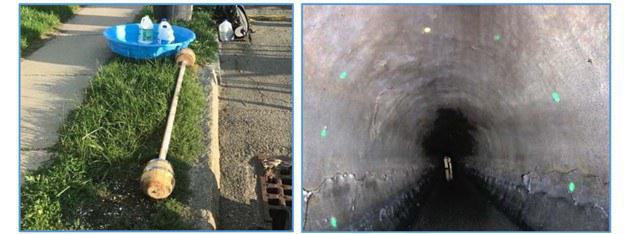
Due to the differing rehabilitation methods, conditions in the pipeline were highly variable. These variable conditions led Hazen to develop a unique procedure to correct the LIDAR pipe scan data, which did not accurately represent the degree of pipe degradation in raw form due to interference caused by the failed epoxy liner.
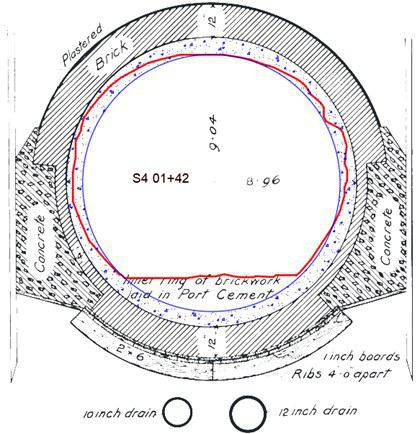
The location, size, shape, condition, and history of the NMS present several challenges that make rehabilitation difficult. Since the NMS runs through a peninsula, dense urban neighborhoods, and business districts in Winthrop, disruptive construction techniques are not tolerable. Furthermore, the amount of flow the NMS conveys (21 mgd during dry weather and 135 mgd during wet weather) preclude the construction of a temporary bypass pumping apparatus to achieve a dry pipe, which is required for many trenchless pipe rehabilitation techniques. A detailed analysis of rehabilitation techniques and their applicability to the NMS was performed to determine the optimal rehabilitation approach. Ultimately, a combination of slip lining and segmental lining was recommended in two construction phases.
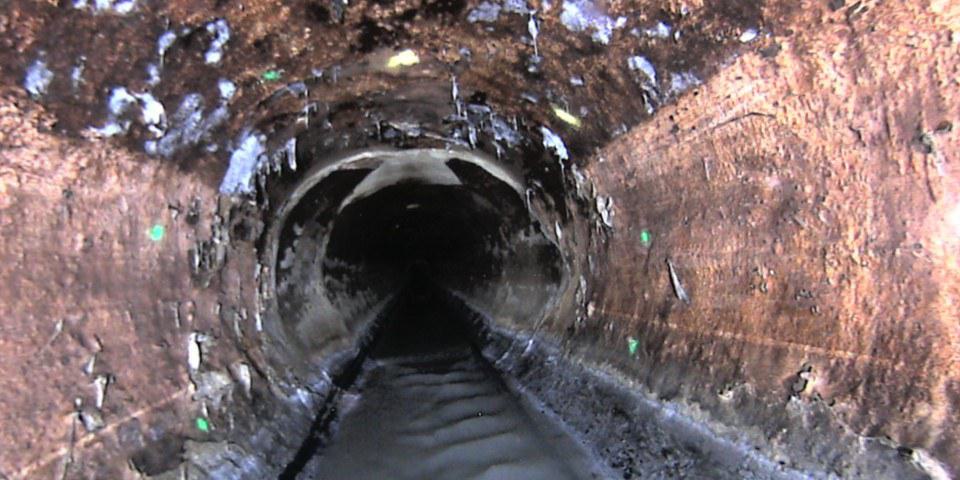
Project Outcomes and Benefits
- Detailed investigation of the sewer’s history and materials used in prior repairs was critical to understanding the remaining wall thickness and developing a viable long-term solution.
- Development of a replicable procedure to verify and adjust LiDAR data to ensure accurate representation of in-pipe conditions. LiDAR scans can produce misleading data if in-pipe conditions are variable; it is important that “raw” data be adjusted using record drawings, and field investigations (including core samples) to ensure an accurate condition assessment.
- Performed a full market analysis of rehabilitation technologies and evaluated bypass pumping considerations and challenges specific to the sites, before settling on the most viable solutions.



